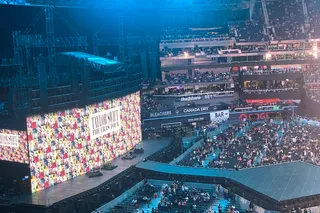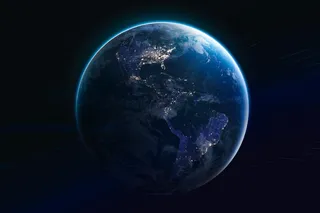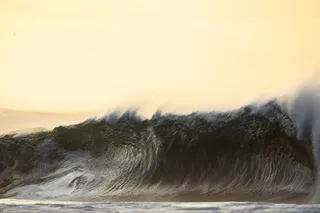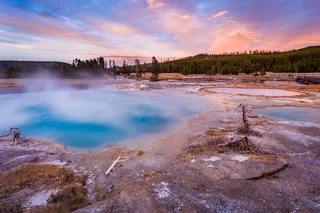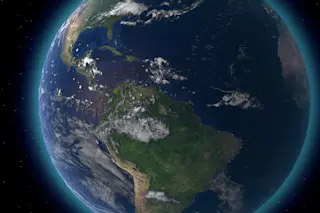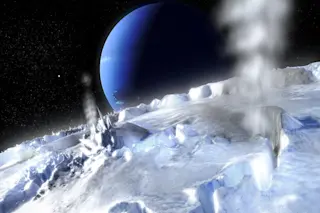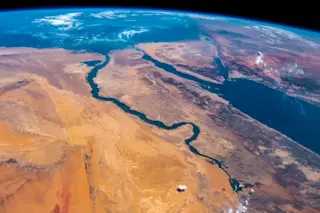A view across Hauraki Gulf to Rangitoto, part of the Auckland Field. It last erupted in ~1350 A.D. Image: Sids1 / Flickr. The city of Auckland might be in one of the most volcanically interesting locations on the planet. The largest city of New Zealand is built on top of an active volcanic field, with at least 50 scoria cones, maars and shield volcanoes dotting the landscape of the city and into the Hauraki Gulf (be sure to read this great summary of all things Auckland Field from GNS Science). Considering that a major metropolitan center is built on this volcanic field, we know surprisingly little about the full history of volcanic activity in the Auckland area that reaches back 250,000 years. The largest single feature of the Auckland Field is the island of Rangitoto (pdf link), on the north end of the field. The island is thought to have ...
Past Volcanic Eruptions in the Auckland Field More Common
Explore the Auckland volcanic field, where insights into Rangitoto eruption history reveal complex volcanic activity.
More on Discover
Stay Curious
SubscribeTo The Magazine
Save up to 40% off the cover price when you subscribe to Discover magazine.
Subscribe



